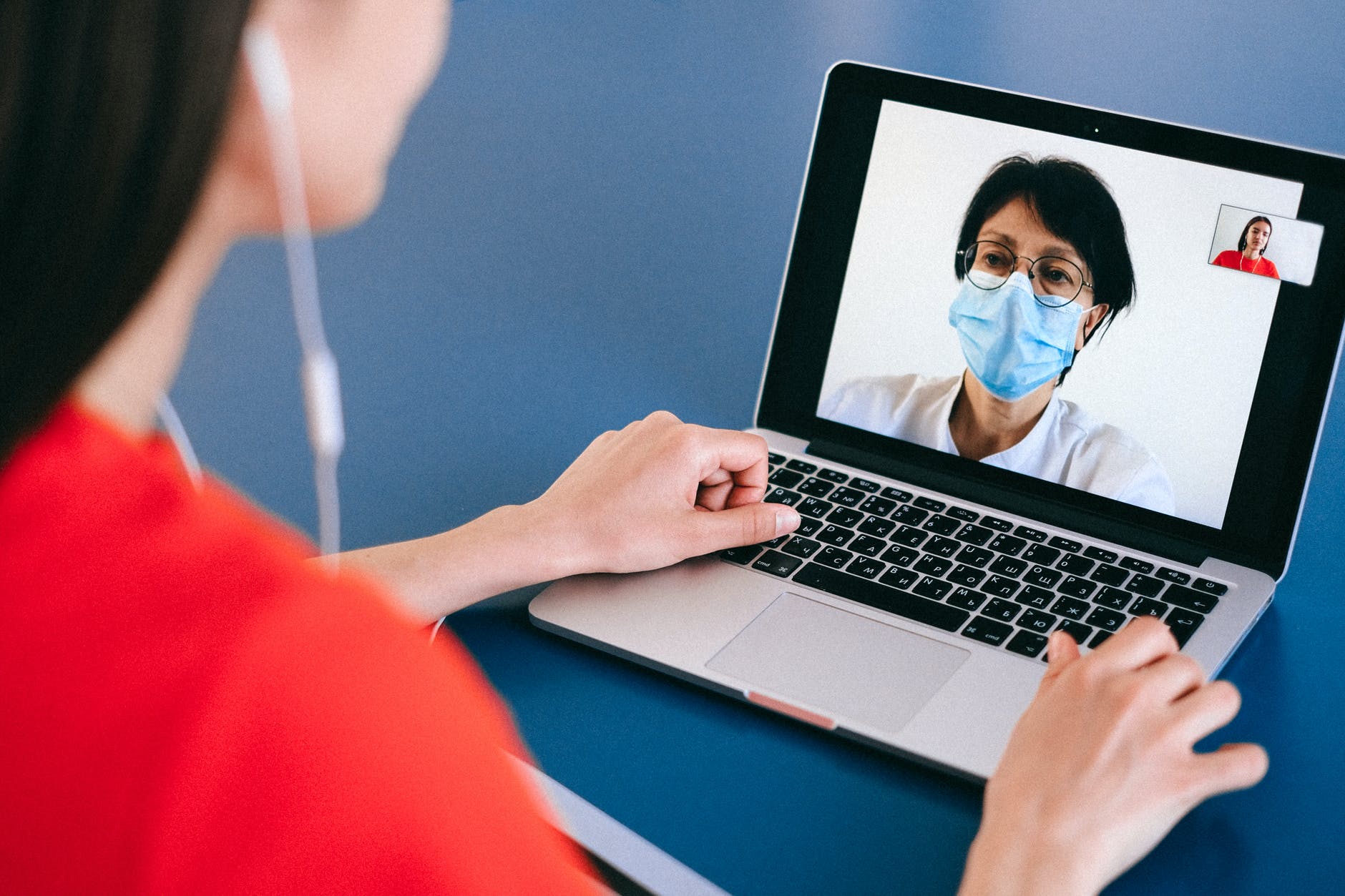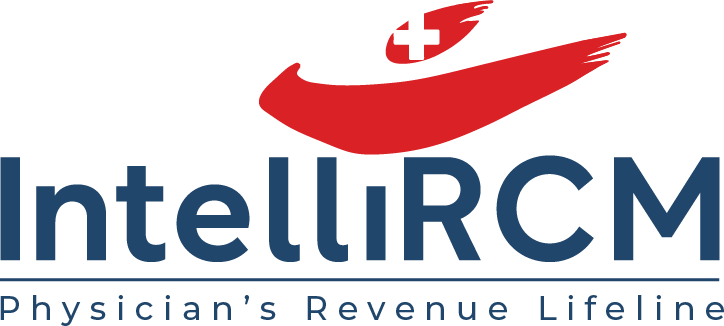
By intellircm 23rd Mar 2022 Blog
Our health systems have revolved around in-person care for a long time. Telehealth isn’t new, but the Covid-19 pandemic caused use to skyrocket to levels 38 times higher than they were pre-pandemic. Nearly four in ten Americans now use telehealth services, and 43% say they want to continue using telehealth beyond the pandemic. It’s more important than ever for healthcare providers to understand the scope and limitations of telehealth solutions in order to provide the best possible care for our patients.What is Telehealth?
Telehealth is a way for us to provide our patients with medical care without making them leave their home or office. It allows patients to consult with doctors and other medical professionals without having to schedule physical visits to a healthcare office, and in some cases without having to schedule an appointment at all. Telehealth solutions offer opportunities to improve the quality-of-care patients receive, reduce costs, and improve access to care. We can utilize telemedicine in a wide variety of ways including:- Virtual visits with doctors or nurses
- Counseling and therapy
- Urgent care for non-emergency cases like colds and stomach aches
- Reviewing test results or medications
- Collecting and recording patient metrics like weight and blood pressure
- Coordinating care between specialists
- Sending reminders for patient screenings such as mammograms
- Monitoring patients with mobility or cognitive issues at home
Types of Telehealth
When most of us think about telehealth services, we probably imagine a video call between a doctor and patient in place of an in-person appointment. That’s certainly a major component, but telehealth spans several different mediums including phone calls, text messages, patient portals, and wearable remote monitoring devices. Depending on the platform you use, telehealth can be categorized into three main types: asynchronous, synchronous, and remote patient monitoring. A fourth category, mHealth, is also rapidly evolving and has exciting potential implications for the future of telehealth.Synchronous Telehealth
Synchronous telehealth involves a real-time interaction or patient health communication between a patient and a healthcare provider, and most closely mimics the kind of in-person appointments many of us are used to. The patient can have a caregiver or in-home nurse present to help the remote physician, if necessary. Some examples of synchronous telehealth services include:- A video call to share progress or check on healing
- A talk therapy appointment conducted via video call
- An audio call to confirm follow-up instructions
- Messaging back and forth live to answer patient questions
Asynchronous Telehealth
In contrast to synchronous telehealth, asynchronous telehealth does not require both parties to be available at the same time. Asynchronous telehealth refers to the type of telehealth solutions that involve communication between providers and patients stored for future use or reference. For example:- Emails and text messages with follow-up instructions
- Images sent to a specialist for evaluation
- Lab results
- Reminders and confirmations
- Notifications sent through a patient portal
Remote Patient Monitoring
Remote patient monitoring is the transmission and storage of patient data and clinical measurements from in-home devices to the patient’s portal. Remote patient monitoring can be used to support both asynchronous and synchronous telehealth by providing physicians with the medical information and patient vitals they might otherwise collect in person. Examples of remote patient monitoring devices include:- blood pressure monitors
- weight monitors
- oximeters
- spirometers
- blood glucose meters
mHealth
This upcoming area of telehealth is evolving to meet the changing needs of modern patients. mHealth refers to the applications on our mobile devices that we can use to support patient-provider visits. The benefits of using smartphones and third-party apps to support patient-provider interactions instead of traditional telehealth include:- the ability to provide push notifications to help remind patients to follow up treatment plans
- meeting patients where they are, on a device they’re already familiar with
- easy integration with remote patient monitoring devices
- the ability to provide in-home nursing support to anyone with a smartphone
Benefits of Telehealth Solutions
Telehealth provides access to healthcare services that were not previously possible. As telemedicine continues to expand and grow, there are many benefits that come along with this technology:Avoiding exposure to the Covid-19 pandemic
The public health emergency created by the Covid-19 pandemic has been a major contributing factor to the increased use of telehealth. As the world entered widespread lockdowns to control the spread of the disease, telemedicine quickly became an essential part of every healthcare professional’s practice. Telehealth solutions have allowed patients continued access to appointments and care without risking exposure to the virus through physically coming into a hospital or practice. Even as increasing percentages of the population become vaccinated, telehealth continues to be an important tool in minimizing close contact whenever possible and protecting our most vulnerable patients. Those who are most at risk for severe complications from Covid-19 can quickly access low-risk urgent care via telehealth and can then be referred for additional assessment as needed.Bringing healthcare closer to patients
Telehealth can also bring healthcare closer to patients and more accessible to a wider range of patients. Instead of needing to travel long distances for follow-up visits with their healthcare provider or for an appointment with a specialist, patients are able to access their care remotely. This increases the number of people who can access quality care on a regular basis, as well as expanding the reach of specialists. This is particularly beneficial for patients living in rural areas, elderly patients, those living in long-term facilities, and those with limited mobility.Reducing costs
Telehealth can save money for both the patient and the healthcare provider. Patients who can substitute an in-person visit with a telemedicine appointment can reduce the expenses associated with travel to access healthcare including time off work, childcare, and gas. Providers can also allocate in-person resources more efficiently. The efficiencies created by telehealth solutions like texting reminders rather than making manual phone calls can translate into fewer hours spent on administrative tasks, a capacity to care for more patients, and less clinician burnout.Telehealth Technology Options
In its most rudimentary form, the only requirements for telehealth are a smart phone or computer and a stable internet connection. At the beginning of the Covid-19 pandemic, this is what some healthcare providers had to make do with. But as we move forward as an industry and offer telehealth solutions on an ongoing basis, it’s important to take patient privacy into consideration and find providers with HIPAA-compliant services.Choosing Your Telehealth Vendor
As the telehealth market continues to grow, we have a wide range of vendors to choose from. The first step in assessing your options is to identify what technology you already have access to. Your existing system may have functionality built in to facilitate greater use of telehealth. As you assess any additional features you need, you should consider these questions:- How does the vendor protect personal health information? Are they HIPAA compliant?
- Does it require any special equipment? What infrastructure investment is required?
- Is there support for low bandwidth and slow internet connections?
- Can staff or patients schedule visits directly through the platform?
- Can patients provide consent to receive telehealth on the platform itself?
- Will your patients need to download an application to have a telehealth visit?
- Is there a waiting room feature?
Limitations of Telehealth
Telehealth has the ability to provide quality healthcare services to a larger portion of the population and allows many patients access to healthcare services that may not otherwise have been possible. However, telehealth has some limitations that should be considered before making the decision to use the technology in every instance:- There will always be situations that demand an in-person appointment, whether this is due to urgency, underlying conditions, or the need for physical examination.
- Although telehealth solutions allow us to provide care to patients remotely, interstate licensing and regulations may cause difficulties for out-of-state patients.
- The reliance on internet and device access could be limiting for some patients and cause interruptions to care when either party experiences connectivity issues.
- Not all patients are comfortable enough with technology to take full advantage of telehealth solutions.
How IntelliRCM Provides the Best Telehealth Services
Implementing telehealth solutions doesn’t have to be overwhelming. At IntelliRCM we provide intuitive, user friendly software to meet your practice’s needs and help you beat the learning curve quickly. That’s why over 25 medical specialties choose us to help them adapt to the ever-changing field of telehealth and continue to provide exemplary care to their patients. Book a free analysis with IntelliRCM today.Other Services Offered By IntelliRCM
In addition to telehealth solutions, we also offer the following RCM services:- Outsource Denial Management Services
- Account Receivable Management Service
- Medical Billing Service
- Medical Credentialing Services
- CAQH Attestation & Maintenance
- Patient Statement Services
- Old Accounts Receivable Collection
- Patient’s Appointment Scheduling
- Patient’s Appointment Reminder





